Roller Conveyor – One Integrated vs Multiple Independent
When setting up a material handling system, many buyers face this critical decision: Should you purchase a single integrated 6-meter powered roller conveyor, or should you buy three separate 2-meter sections that can function independently but also be connected when needed? This seemingly simple choice has significant implications for cost, flexibility, and operational capabilities.
When setting up a material handling system, many buyers face this critical decision: Should you purchase a single integrated 6-meter powered roller conveyor, or should you buy three separate 2-meter sections that can function independently but also be connected when needed? This seemingly simple choice has significant implications for cost, flexibility, and operational capabilities. Using standard 2000mm/section powered roller conveyors as our example, this article will help you determine whether the flexibility of having multiple independent sections that can be connected is worth the additional cost compared to a single integrated system.
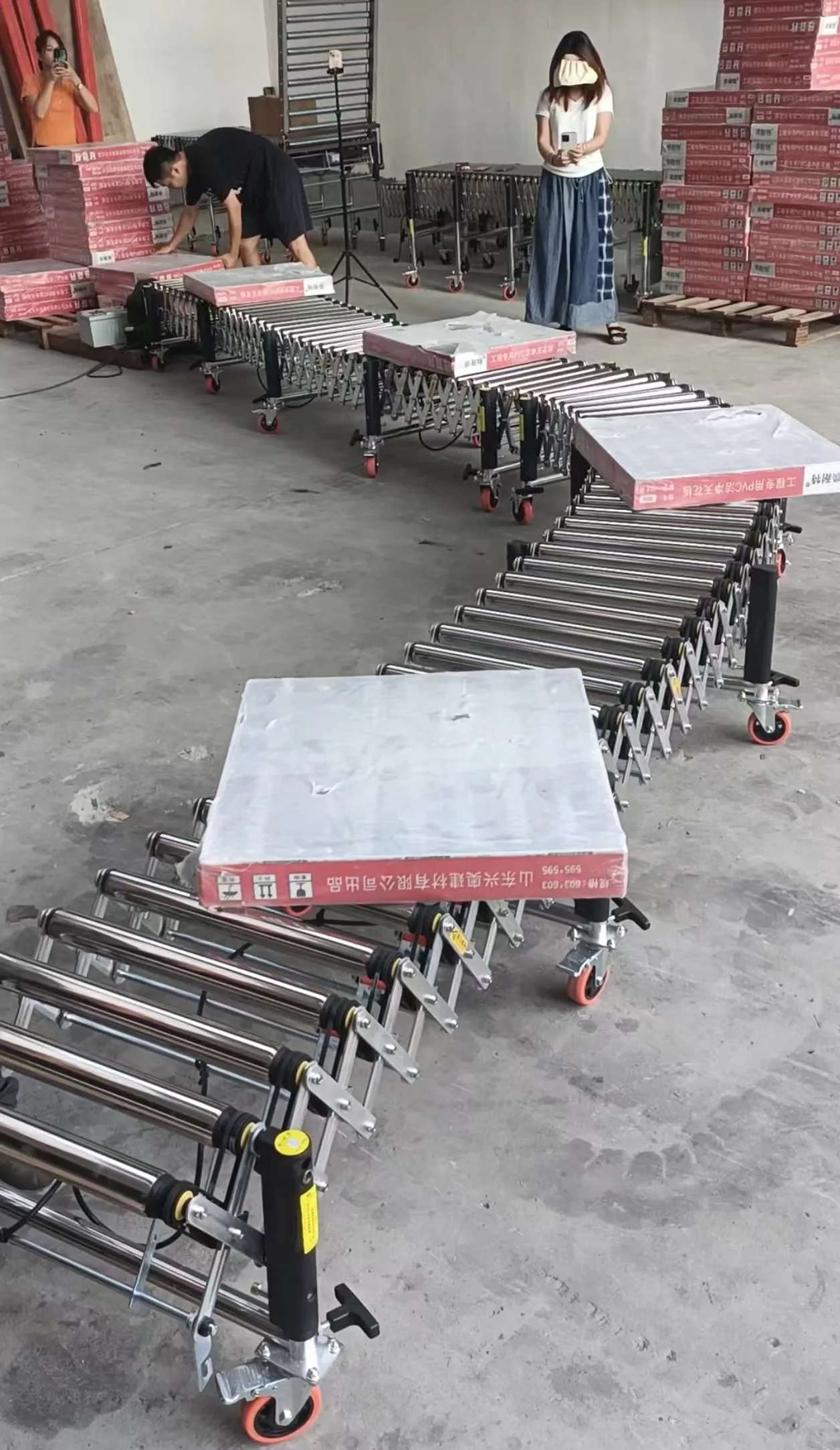

Understanding Powered Roller Conveyor Configurations
A powered roller conveyor is an automated transport device driven by motors that moves goods through rotating rollers. Before comparing options, it’s important to understand the fundamental difference in how these systems can be purchased and configured:
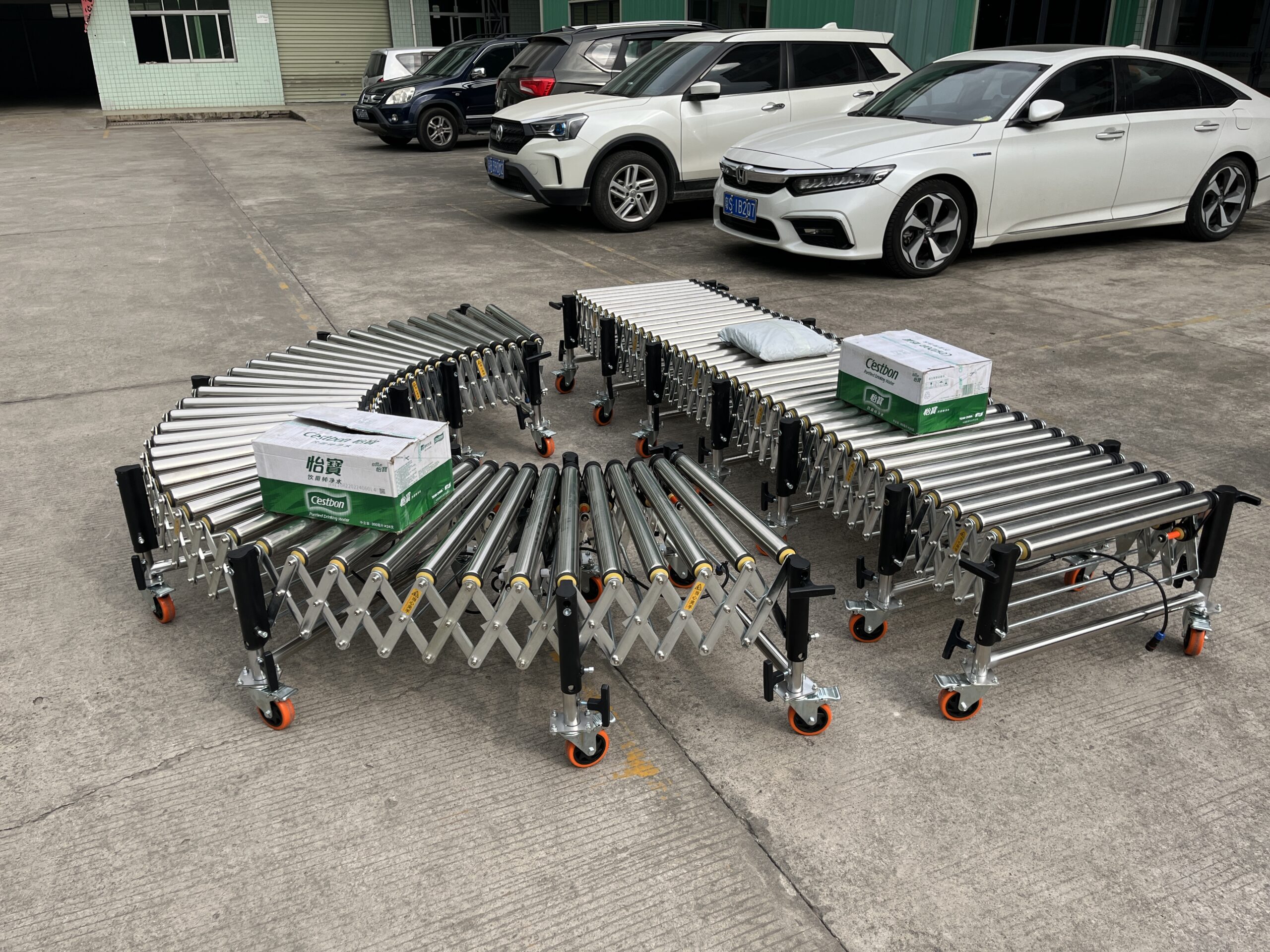

Independent Sections vs. Integrated System
Independent Conveyor Sections:
- Each 2000mm section is a complete, standalone unit with its own motor, full set of supporting legs, and electrical control box
- These independent sections can be used separately in different locations for different purposes
- They can also be connected using joining components to form a longer conveyor line when needed
- When connected, there is approximately a 100mm gap between the last roller of one section and the first roller of the next section
- Even when physically connected, each section maintains its individual control capabilities
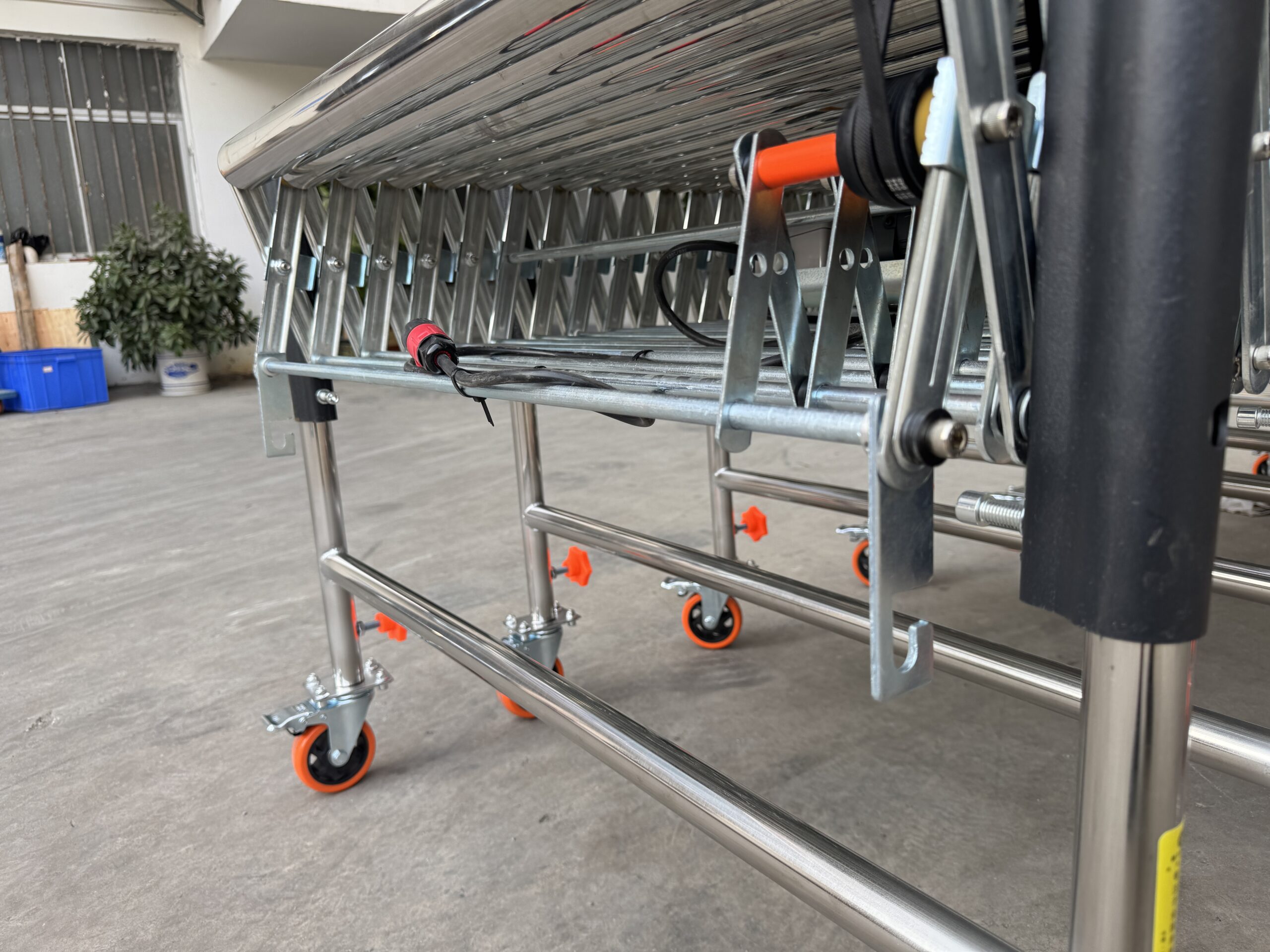

Integrated Conveyor System:
- A 6-meter system designed as one cohesive unit with a head section and extension sections
- Extension sections are not designed to function independently
- The entire system is controlled by a single electrical control box
- The design is optimized for continuous operation as a single unit
- Qualifies for special company policies like the free electrical box offer
This fundamental difference in design philosophy affects everything from cost to operational flexibility.
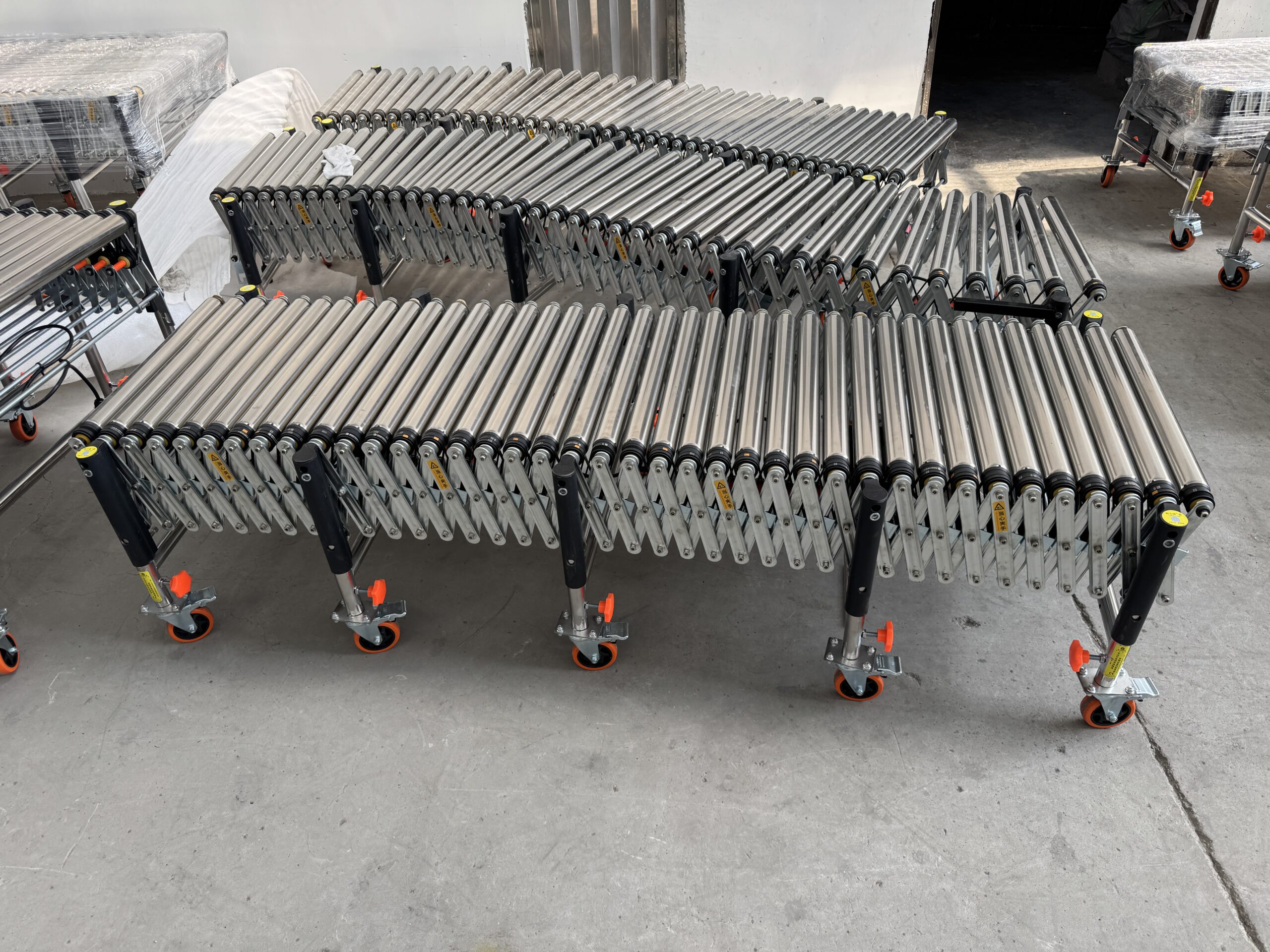

Purchasing Options Comparison: Integrated vs. Independent Sections
Option 1: Purchasing a Single Integrated 6-Meter Conveyor
This option consists of purchasing a complete 6-meter conveyor line designed as one cohesive system: 1 head section (2000mm) and 2 extension sections (2000mm each) built to work together.
Advantages:
- Cost Savings on Control Systems : The integrated approach qualifies for our special company policy – a complete 6-meter conveyor line (3 sections) includes 1 free electrical control box. This represents significant savings compared to buying individual control boxes.
- More Compact Structure : The integrated design is more space-efficient, being approximately 200mm shorter than three separate sections connected together (due to the elimination of the 100mm gaps at each connection point).
- Optimized Support Structure : Extension sections in an integrated system only require 2 sets of supporting legs each, rather than the 3 sets needed for standalone units, reducing both material costs and floor space requirements.
- Simplified Control System : The entire conveyor line operates through a single electrical control box, creating a more streamlined operation with less wiring and simpler maintenance.
Disadvantages:
- Limited Flexibility : The most significant drawback is that you cannot use parts of the system independently in different locations – it’s designed to function as a single unit.
- All-or-Nothing Operation : If one section requires maintenance, the entire line typically needs to be shut down, potentially causing workflow disruptions.
- Fixed Configuration : The system is designed for a specific layout and cannot easily be reconfigured to adapt to changing operational needs.
Option 2: Purchasing Three Separate 2000mm Conveyor Sections
This option involves buying 3 completely independent 2000mm conveyor units that can function as standalone devices AND can also be connected to form a 6-meter line when needed.
Advantages:
- Maximum Operational Flexibility : The primary advantage is versatility – you could use three separate conveyor lines in different locations for different processes, or connect them to form one longer line, or create various configurations based on current needs.
- Fault Isolation : If one section malfunctions, you can continue operations with the remaining sections while repairs are made, minimizing production disruptions.
- Adaptability to Changing Processes : As your production requirements evolve, the separate units can be reconfigured, relocated, or repurposed individually to match different operational needs.
- Scalability : You can start with fewer sections and add more as needed, though in this specific comparison we’re assuming all 6 meters are needed immediately.
Disadvantages:
- Higher Control Costs : Each individual section requires its own electrical control box that must be purchased separately. Important note: Independently purchased sections do NOT qualify for the free electrical box offer that applies to integrated systems.
- Longer Total Length : When connected, the three separate sections will span approximately 6200mm versus 6000mm for the integrated solution, due to the 100mm gaps at each connection point.
- Excess Support Structures : Each separate unit comes with its own complete set of 3 supporting leg groups, resulting in redundant hardware when used as a single line and higher material costs.
- More Complex Connection Management : While the sections can be physically connected, product transfer between sections requires careful alignment, and each section must be individually controlled or requires additional work to coordinate controls.
Do You Actually Need Independent Sections or Just Think You Might?
The critical question is whether your operation truly requires the ability to use conveyor sections independently or if you’re paying a premium for flexibility you’ll never use.
Questions to Determine Your Real Needs:
- Do you have multiple, specific applications that require separate conveyor sections? If you can identify concrete uses for individual 2-meter sections right now, the flexibility is valuable.
- Are your production processes frequently reconfigured? Operations that regularly change their layout will benefit more from independent sections.
- Is minimizing downtime during maintenance absolutely critical? If you cannot afford any downtime, the ability to keep part of your system running during repairs might justify the higher price.
- Will you need to move conveyor sections between different locations? If mobility is important, independent sections offer clear advantages.
Important Company Policy: Free Electrical Box Offer
For Integrated Conveyor Systems Only:
- Extended length 2000mm powered roller conveyor: If you order 3 sections or more, the electrical box is free
- Extended length 3000mm powered roller conveyor: If you order 4 sections or more, the electrical box is free
Please note that this policy only applies to integrated conveyor systems, not to independent sections purchased separately.
The Real Numbers: A Clear Comparison
Let’s examine the actual differences between these options using 2000mm/section powered roller conveyors:
- Integrated 6-Meter Option : Total length: Exactly 6000mm
- Control system: 1 free electrical box (qualifying under our 3+ sections policy)
- Support structure: 7 sets of supporting legs (1 head section with 3 sets + 2 extension sections with 2 sets each)
- Configuration: Fixed single-unit design
- Total additional cost: $0 (baseline)
- Three Independent 2000mm Sections Option : Total length when connected: Approximately 6200mm (due to two 100mm connection gaps)
- Control system cost: 3 electrical boxes (must be purchased separately as this doesn’t qualify for the free box offer)
- Support structure: 9 sets of supporting legs (3 sets for each section)
- Configuration: Can be used independently or connected
- Premium paid for flexibility: The cost of three electrical boxes plus the cost of additional supporting legs
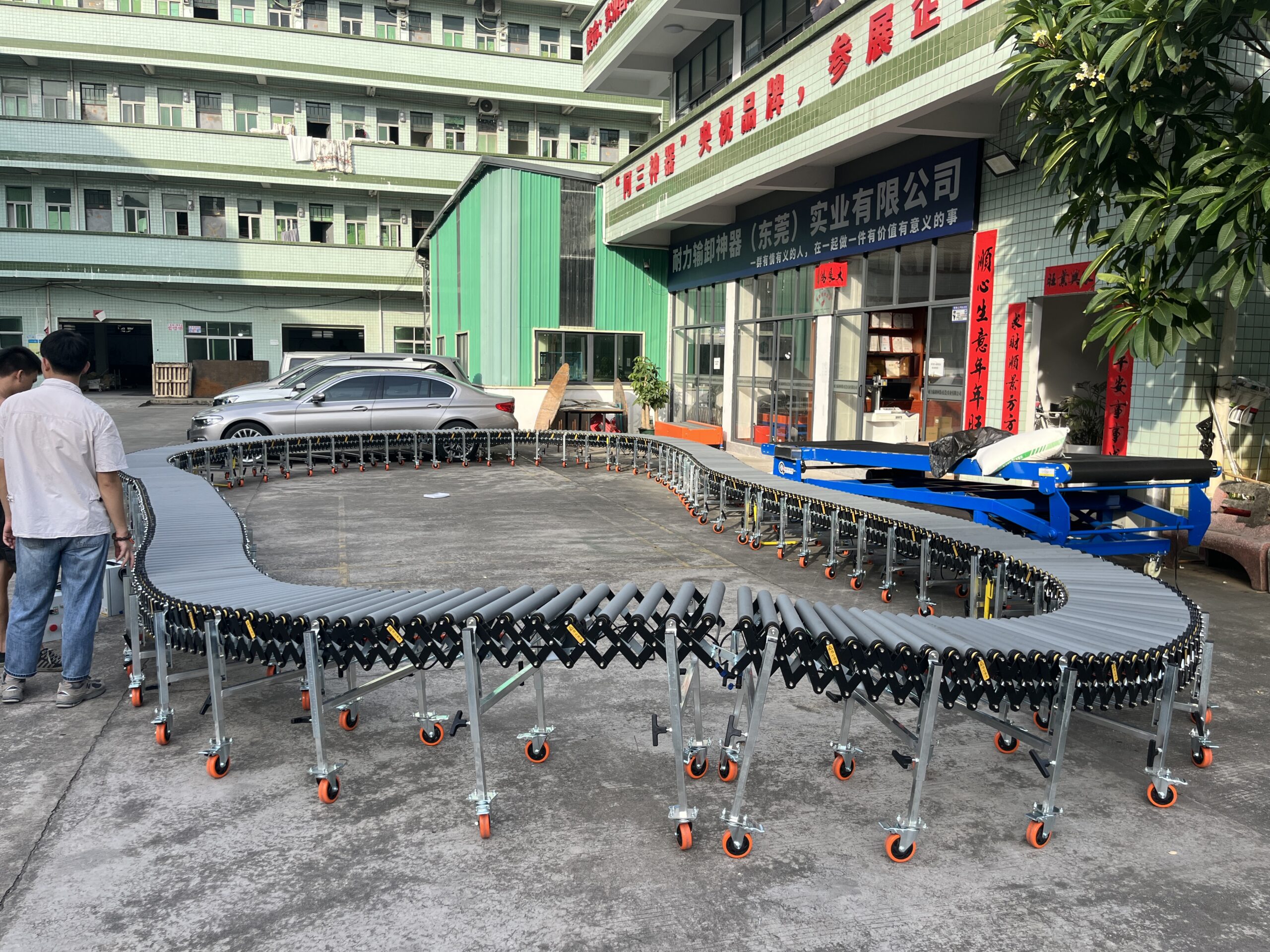

When Each Option Makes the Most Sense
Choose the Integrated System When:
- Your material flow will remain relatively consistent for the foreseeable future
- You need a cost-effective solution for a fixed layout
- The conveyor line will always operate as a single unit
- Budget optimization is a higher priority than operational flexibility
- You want to take advantage of the free electrical box offer (for 3+ sections of 2000mm or 4+ sections of 3000mm)
- You have no immediate need for separate conveyor sections in different locations
Choose Independent Sections When:
- You have legitimate needs for separate conveyor sections in different locations or configurations
- Your production processes change frequently, requiring different conveyor arrangements
- Production must continue even when one section requires maintenance
- You anticipate needing to move or reconfigure conveyor sections regularly
- The premium cost for flexibility (multiple electrical boxes and additional supporting legs) represents real operational value to your business
The Practical Reality
In our experience, customers often overestimate their need for flexibility. Many who purchase independent sections with the intention of occasionally reconfiguring them end up using them in a fixed arrangement indefinitely. Consider whether you’re paying for flexibility that sounds appealing but may never be utilized.
On the other hand, if you have concrete plans to use sections independently—such as seasonal production changes that require different conveyor configurations, or multiple workstations that sometimes need individual conveyor sections—then the flexibility premium is justified.
Professional Recommendation
When discussing your conveyor needs with suppliers:
1.Be specific about how you actually plan to use your conveyor system
2.Consider whether you have genuine applications for independent sections
3.Calculate the true cost of flexibility (multiple electrical boxes plus additional supporting legs) and assess if that investment delivers equivalent operational value
4.Remember that theoretical flexibility often remains unused—only pay for capabilities you’ll actually use
5.Take into account our company policy regarding free electrical boxes for integrated systems when making your cost calculations
The right choice depends entirely on your specific operational needs, but be honest about whether flexible configuration is a real requirement or just a perceived benefit that may not justify the significant cost premium.


Table of Contents
Recent Posts
Optimize hardware store logistics with the right building supply conveyor systems. Our guide to tool distribution systems enhances retail warehouse automation for efficient operations.
Optimize your medical supply logistics with efficient gravity conveyor systems. Learn how to safely handle healthcare products while improving your hospital supply chain operations.
Discover how a sports equipment conveyor system can streamline your athletic gear logistics. Flexible conveyor solutions for all shapes and sizes of sporting goods.

